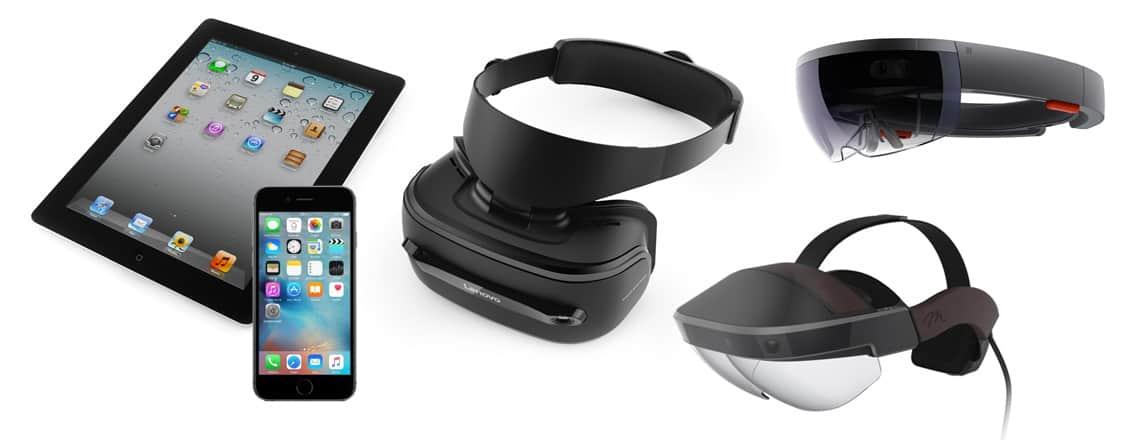A detailed Augmented Virtual Reality Hardware Market Share Analysis reveals a highly dynamic and intensely competitive market, where a technology giant's early dominance is being challenged by a wave of new entrants and the strategic maneuvering of other major platform owners. The vast majority of the consumer virtual reality (VR) market share is currently held by a single company: Meta (formerly Facebook). Through its Quest line of standalone VR headsets, particularly the highly successful Quest 2 and Quest 3, Meta has captured a commanding share of the market. Its competitive strategy has been aggressive and multifaceted: offering a high-quality, all-in-one device at a relatively accessible, and often subsidized, price point; investing heavily in the acquisition of successful VR game studios to build a strong exclusive content library; and pouring billions into R&D to push the boundaries of the technology. This strategy of creating a tightly integrated hardware and software ecosystem, similar to the model used in the console gaming market, has allowed Meta to build a significant early lead and a powerful network effect. The AR/VR Hardware market is projected to grow USD 389,066.4 million by 2030, exhibiting a CAGR of 37.5% during 2023 - 2030. Meta's ability to defend its dominant share of this exponentially growing market against powerful new challengers will be the defining story of the competitive landscape.
The competitive landscape is being fundamentally reshaped by the entry of other major technology and entertainment giants. The most significant of these challengers is Apple, with its launch of the Vision Pro. Apple's strategy is to enter at the high end of the market, offering a premium "spatial computing" device with breakthrough technology and a deep integration into its existing ecosystem of software and services. While its initial market share in terms of unit volume will be small, its entry is a massive validation of the market and is expected to catalyze the entire industry. Another major player is Sony, which holds a significant share of the console-tethered VR market through its PlayStation VR (PSVR) headsets, leveraging its massive install base of PlayStation consoles. In the PC-tethered VR space, companies like Valve (with its Index headset) and HTC (with its Vive series) hold a strong position among enthusiast gamers, competing on the basis of high-fidelity performance and an open platform philosophy. The enterprise AR segment is more fragmented, with players like Microsoft (with HoloLens) and Magic Leap holding a strong position in the high-end industrial and medical markets.
Looking to the future, the distribution of market share is expected to become more fluid and contested as the market bifurcates and new players emerge. The "platform wars" are just beginning. The future of the competitive landscape will be a battle between the competing ecosystems of Meta, Apple, Google (who is re-entering the space through partnerships, notably with Samsung), and potentially others. A vendor's market share will be determined not just by the quality of its hardware, but by the strength of its operating system, its developer ecosystem, and its content library. We can also expect to see a wave of new entrants from China, with companies like ByteDance (owner of TikTok and Pico VR) leveraging their massive user base and domestic manufacturing advantages to compete aggressively on a global scale. The long-term distribution of market share will be a complex interplay between these different ecosystems, with some likely to focus on gaming, others on productivity, and others on creating a general-purpose spatial computing platform. The battle to become the "Windows" or "iOS" of the immersive computing era will be the defining feature of the competitive landscape.
Top Trending Reports -



